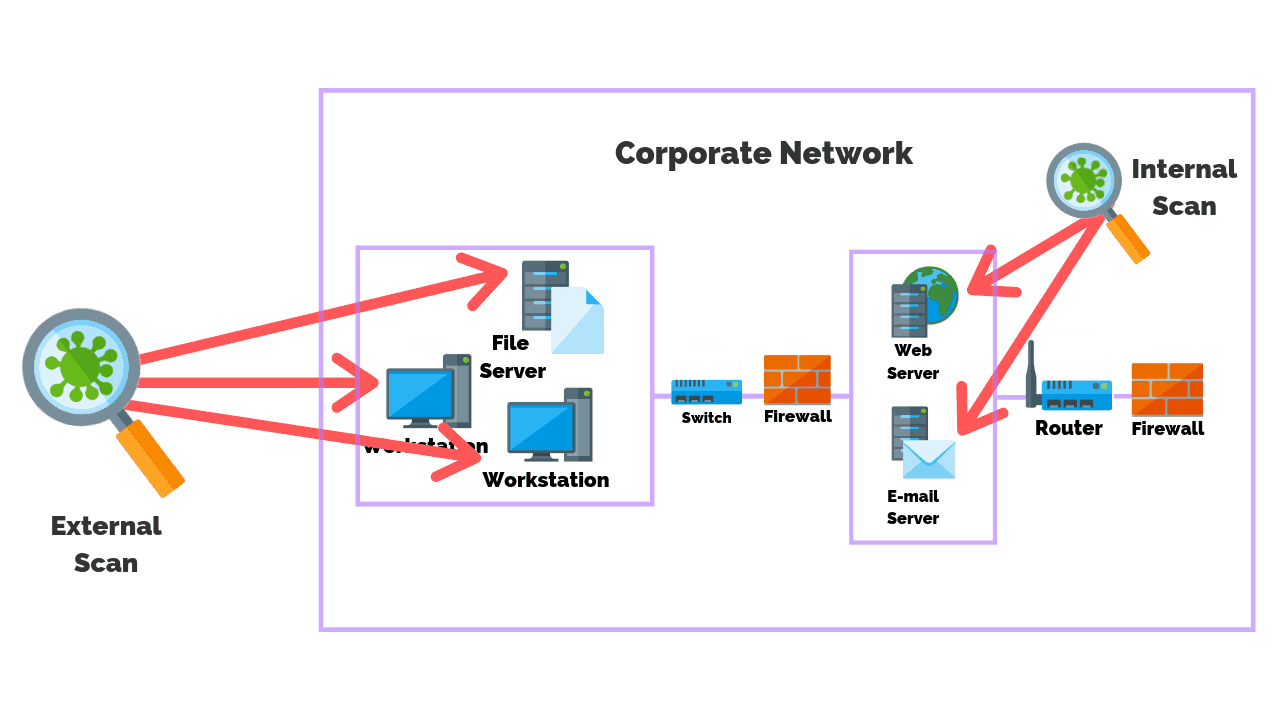
Internal VS External Vulnerability Scans: What’s The Main Difference?
Learn about PurpleSec’s fully managed vulnerability management services.
In a world with ever-evolving technology comes ever-evolving threats and performing vulnerability scans and assessments are one of the best ways to protect the networks businesses rely on to operate.
An internal vulnerability scan is performed typically with access to the internal network, with the main benefit of identifying at-risk systems while providing insight for patch management processes. An external scan is performed outside of a network and targets specific IP addresses to identify vulnerabilities. An external scan can also detect open ports and protocols, similar to an external penetration test. Both application and network scans not only detect vulnerabilities but may check for compliance against several different baselines.
In this article, I’m going to discuss the main differences between internal and external vulnerability assessments. By the end, you will have a better understanding of which scan should be performed for a given situation, and how your business can use them to protect a network.
Article Navigation
- What Is An Internal Vulnerability Scan?
- What Is An External Vulnerability Scan?
- What Are The Next Steps After Performing The Scan?
- Vulnerability Scans And Risk Assessments
- Popular Vulnerability Scanning Tools Used
What Is An Internal Vulnerability Scan?
Internal vulnerability scans are performed from a location that has access to the internal network you are scanning. These scans show vulnerabilities at a greater depth as they can see more of the network compared to an external scan.
Internal scans are best used when you need to verify patching has occurred, or when you need to provide a detailed report of vulnerabilities in the network.
Read More: How To Develop & Implement A Network Security Plan
What Are The Benefits Of Internal Scans?
There are a number of benefits that come from performing internal scans. By performing internal scans on a regular basis, you are taking a proactive approach to protect your network from known vulnerabilities.
Internal scanning can also provide insight to your patch management process. When analyzing the data from the scan, pay close attention to trends such as the top missing patch and top vulnerable machines.
Common vulnerabilities to be aware of include:
- A lack of third party patches.
- Timeliness in patching known vulnerabilities with a high-risk rating.
- Named vulnerabilities such as DROWN, EternalBlue, or Heartbleed.
How Often Should Internal Scans Be Performed?
Frequency of scans largely depends on the organization and the type of business. For a small, locally-owned shop, it may not be feasible to run vulnerability scans as often as a large enterprise performs them.
My recommendation is to run internal scans at least monthly, following Microsoft’s Patch Tuesday and your company’s “patch day”. If there are financial constraints preventing monthly scans, then consider performing them once per quarter.
You may be wondering why I called out Patch Tuesday. This is because Patch Tuesday not only informs the public of new patches available but also informs hackers of new, most likely unpatched, vulnerabilities.
Take WannaCry for example. This exploit took advantage of a known Microsoft vulnerability which had patches available to mitigate but computers were still found vulnerable, most likely due to poor patch management processes.
Credentialed VS Uncredentialed Scans
When thinking about internal vulnerability scans, you may wonder why you would even consider running a uncredentialed scan. Wouldn’t credentialed scans provide more information?
Well, the answer is yes AND no.
While credentialed scans provider a better and deeper understanding of what vulnerabilities exist to an outsider attempting to exploit a known vulnerability via a malicious download or phishing attempt, we need to realize that not all attacks come from the outside in.
With technology becoming more readily available and easier to use for non-technical users, the risk of an insider attack has never been more real. Non-credentialed scans simulate what type of information an insider, without privileged access, can gain about the security posture of your network.
While this type of scan may not seem useful, do not dismiss it. You may be surprised to see what a regular user can learn about the network or what information they might have access to that they shouldn’t.
What Is An External Vulnerability Scan?
External vulnerability scans are performed from outside of the network you are testing. These scans are targeted at external IP addresses of your network. The type of information you will find useful in these scans are not only the vulnerabilities but the list of ports that are open to the internet.
External scans are best used when you need to verify the strength of your externally facing services.
What Are The Benefits Of External Scans?
External scanning, much like internal scanning, has many benefits. Again, you are taking a proactive approach to protect your network by performing these scans. External scans show weaknesses in your network that could lead to a potential incident.
By looking at your network from this view, you can easily identify what that most pressing issue is within your network. You can also identify any services or new servers that have been set up since the last scan and identify if they present any new threats to your organization.
Common vulnerabilities to be aware of include:
- Services listening on unsecured transfer protocols.
- Servers configured with deprecated services (SSL, TLS 1.0, TLS 1.1).
- Named vulnerabilities.
How Often Should External Scans Be Performed?
I recommend running external scans on a monthly basis, at a minimum. I have found that running external scans one month apart is a happy medium between scanning too much and not enough.
While running these scans you should pay close attention to any new IP addresses or services that appear. Ensure any anomalies you come across have been approved by a formal process and were implemented in a secure fashion.
What Are The Next Steps After Performing A Vulnerability Scan?
After performing your scans, it is important to act on them. Often times these scans are run with no analysis performed on the backend. Analysis should occur in a format that makes sense to the company and in a way that minimizes the possibility of overlooking a potential threat.
I have seen analysis occur by manually reviewing the results and by having an automated process for reporting on the top missing patches. Either way, there should be some type of action to take away from each scan.
The ultimate goal of vulnerability scans is to provide insight so you may improve the overall security posture for your company. Scanning should be a step that is built into your patch management and risk management processes. Each scan should be reviewed for concerning patches and the remediation efforts should be discussed and approved with IT management.
Determining what to look for in scans really depends on the company and what their approach is to security. Do not get blindsided by the risk ratings most tools provide though.
A vulnerability assessment risk matrix is often used to visually represent scan results in an easily understood and digestible format for all stakeholders within an organization. This includes security teams, IT staff, finance, operations, and executive leadership.
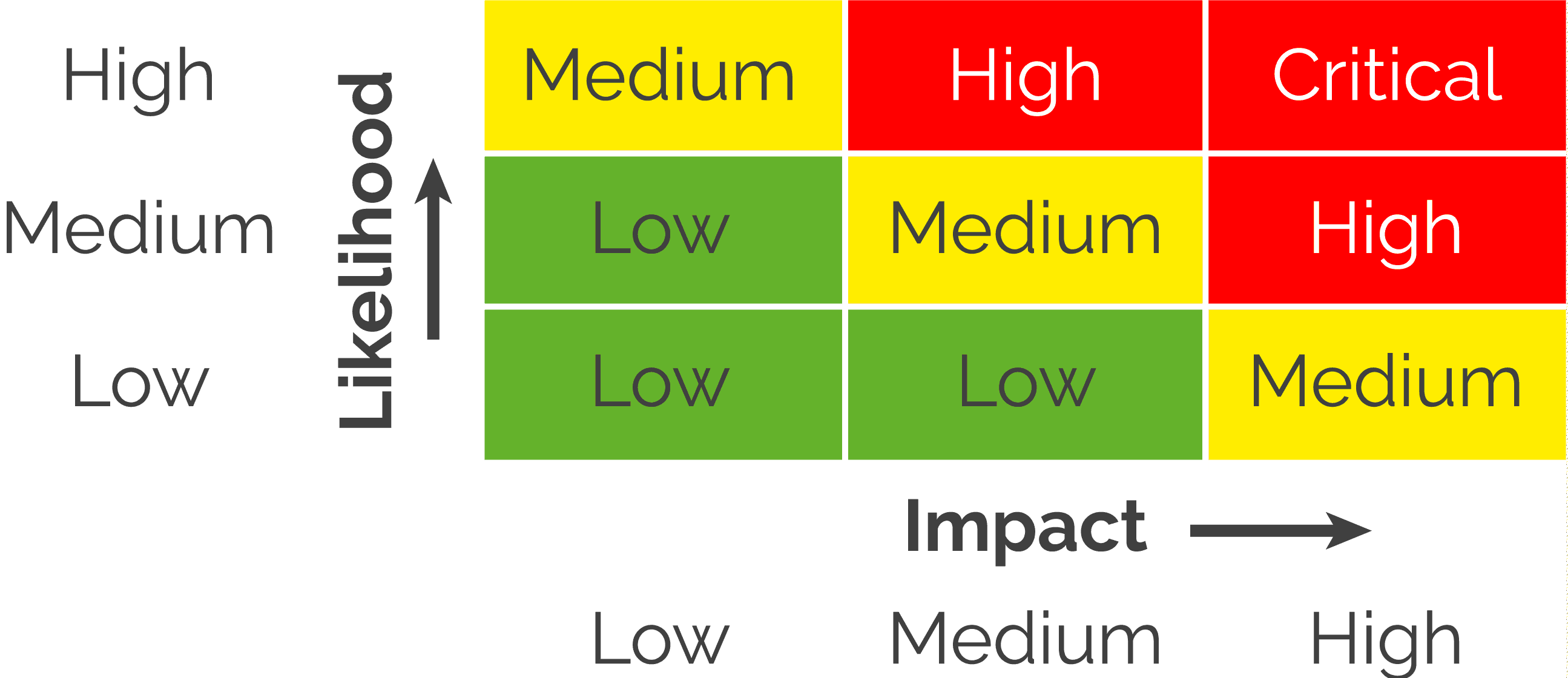
Although there may be a number of high and medium vulnerabilities, take your time and review the low and information vulnerabilities as well. In my experience, I have found low and informational vulnerabilities that showed remote desktop services and unencrypted file transfer services accepting requests over the internet.
Vulnerability Scans And Risk Assessments
As previously mentioned, vulnerability scans are part of a risk assessment.
Vulnerability assessments are conducted when required by regulatory compliance, like HIPAA or PCI, or by request from company leadership to better understand their risk posture.
While performing a risk assessment, vulnerability scans are often one of the first things done to gain a better understanding of the network and the company’s stance on security. By performing these types of scans you are provided an almost instant report of the security posture of your network.
Risk assessments, coupled with vulnerability scans, provide company’s a road map of what they should either be doing or continue doing, to strengthen their security posture.
Popular Vulnerability Scanning Tools Used
There are a number of products that can perform vulnerability scanning including Tenable, Qualys, and OpenVAS to name a few.
Keep in mind that commercial applications, such as Tenable and Qualys, will be a more “out of the box” solution whereas open-source, such as OpenVAS, will require more configuration upfront. Whichever tool you use, ensure you are configuring in a way that will best serve you and the network you are protecting.
Related Articles

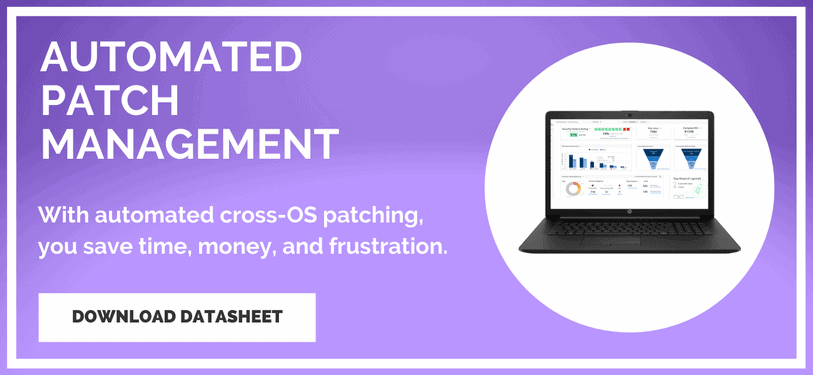
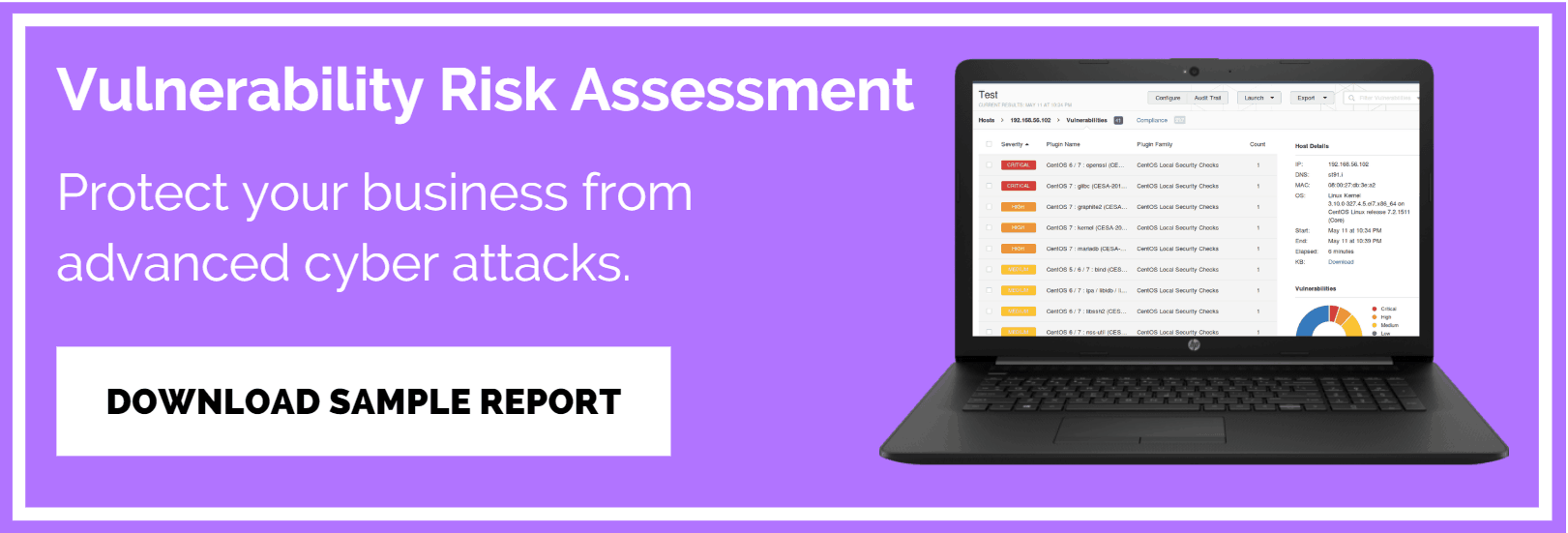
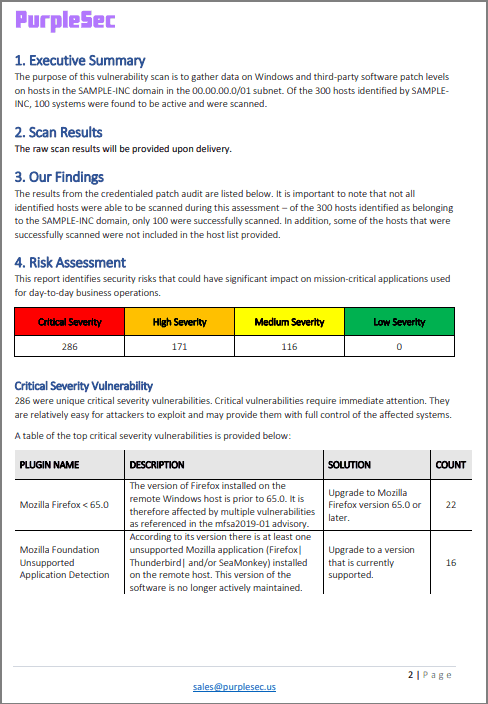
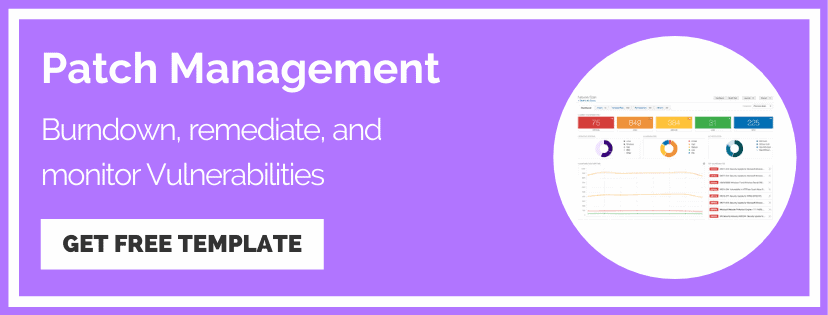
Melissa
More of these audits are requiring a remediation plan too. So now we need to have the risk assessment ready, but also a work plan. Medcurity is probably the best for this. They generate recommendations that you can assign to staff and track all year. And I can export a work list with a couple clicks.
Jason Firch
Very true, Melissa. I’d go one step further to say that risk assessments need to be validated with penetration testing at least annually, depending on the business need.